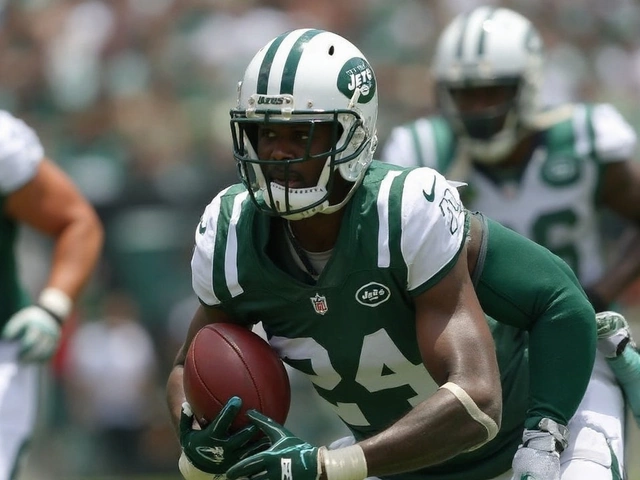Understanding the Basics of Conventional and Digital Cameras
The world of photography is vast and diverse, with many different types of cameras available on the market. Before diving into the distinct differences between conventional and digital cameras, it's crucial to understand their basic functions. Conventional cameras, also known as film cameras, capture images on a physical medium - film. On the other hand, digital cameras capture images electronically, storing them as digital files.
The Science Behind the Shutter: How They Capture Images
At the heart of every camera, conventional or digital, is the mechanism that captures images. For conventional cameras, this process involves the exposure of film to light, thereby creating a latent image. This latent image later becomes a visible image after the film undergoes chemical processing. In contrast, digital cameras work by using a sensor that converts light into electrical signals. These signals then get translated into digital data, which we see as a digital photograph. It's a complex process that happens within fractions of a second!
Storage: Film Rolls versus Memory Cards
The way these two types of cameras store images is another significant difference. Conventional cameras use film rolls, which can only hold a limited number of photos. Once the film roll is full, it needs to be replaced with a new one. Digital cameras, however, store images on memory cards. These cards can store thousands of pictures, and when they're full, you can simply transfer the pictures to your computer and reuse the card.
Viewing Your Shots: The Viewfinder and LCD Screen
When using a conventional camera, you view your subject through an optical viewfinder. This can be a challenge because the image you see might not be precisely what you capture. With a digital camera, you view your subject on an LCD screen. This screen also displays the image you've just captured, allowing you to review your photo instantly and retake it if necessary.
The Art of Developing versus Instant Gratification
With a conventional camera, there's a certain charm and anticipation in waiting to see how your photos turn out after they're developed. This process can take anywhere from an hour (if you're using a quick development service) to several days. On the other hand, digital cameras provide instant gratification. As soon as you take a picture, you can view it on the LCD screen, share it on social media, or print it out using a digital printer.
Cost Implications: Buying Film and Developing Pictures
Conventional cameras can be cheaper to purchase, but the ongoing costs of buying film and getting it developed can add up. This is especially true if you take a lot of photos. With a digital camera, your only significant cost after purchasing the camera is a memory card, which is reusable, making digital cameras more cost-effective in the long run.
Audience and Usage: Pros, Amateurs, and Hobbyists
Conventional cameras are popular among professional photographers and hobbyists who appreciate the artistry and skill involved in shooting and developing film. Digital cameras are more user-friendly and are ideal for everyday users, amateurs, and professionals who need to take a large number of photos and have them available instantly.
The Final Verdict: Which One is Right for You?
Ultimately, the choice between a conventional and a digital camera depends on your personal needs and preferences. If you enjoy the process of developing your own photos and value the unique aesthetic of film, a conventional camera may be for you. If you prefer the convenience and immediacy of digital photography, a digital camera might be a better fit. Regardless of your choice, both types of cameras offer their own unique advantages and opportunities for creativity.
- Poplular Tags
- conventional camera
- digital camera
- differences
- photography technology











